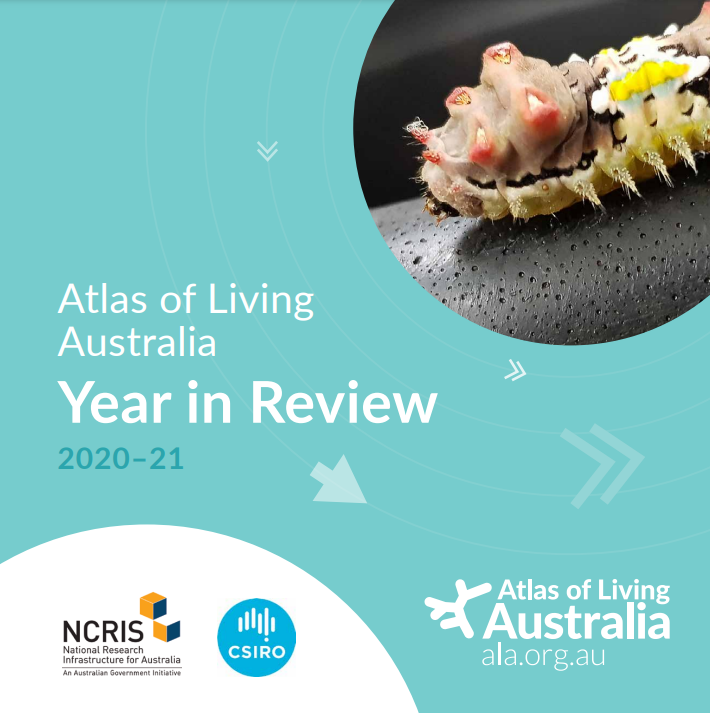
The critical importance of identifying, describing, conserving and restoring biodiversity is receiving increasing recognition due to the cumulative impacts of species loss (Woinarski et al 2019), climate change (Hoffman et al 2015), summer bushfires (Godfrey et al, 2021, Saunders et al 2021) and increasing biosecurity threats in Australia (Dodd et al 2020). Understanding the role of biodiversity plays in human health (Bratman et al. 2019) and the provision of ecosystem services to support a more sustainable agricultural sector, continues to demand innovative research solutions.
In parallel, Australia’s environmental policy and management landscape invests significant resources into biodiversity conservation, restoration and planning, in addition to supporting a world-class national biosecurity system that aims to maintain the health of our natural, agricultural and economic systems. This includes Commonwealth Government programs such as Agriculture Stewardship Package to promote biodiversity stewardship, wildlife and habitat funding totalling $200 million in response to 2019-20 bushfires, and the Regional Land Partnership program that is investing $450 million in species recovery and protecting threatened ecological communities.

Collectively these research, policy and management programs demand continued access to the world-class sovereign biodiversity data infrastructure provided by the Atlas of Living Australia and our partners. We are proud to be playing an important role in ensuring research and decision-making is informed by the best available biodiversity data.
With this context in mind, in this issue of our newsletter we reflect on ALA’s fundamental role with the release of our first Year-in-Review 2020-21. The year-in-review showcases our last year and reflects on the fundamental contribution made by our partners in supporting the mission of the ALA. Importantly it recognises the criticality of the Australian Government’s National Collaborative Infrastructure Strategy (NCRIS) program in shaping and supporting world-class national research infrastructure.
Which leads me to our future and the National Research Infrastructure (NRI) Roadmap process that is currently being led by the Department of Education, Skills and Employment, and the NRI Expert Working Group which will steer the development of the Roadmap. For our stakeholders with an interest in the future of NRIs such as the ALA we encourage you to visit https://2021nriroadmap.dese.gov.au/ to learn how you can get more involved.
I hope you enjoy the September 2021 issue of our newsletter and look forward to seeing you in our upcoming science webinars.
Dr Andre Zerger
Director, Atlas of Living Australia
References
- Deloitte Access Economics (2021) Cost benefit analysis of a mission to discovery and document Australia’s species, prepared for the Australian Academy of Sciences, October 2020, pp. 57.
- Dodd, A, Stoeckl, N, Baumgartner, J, Kompas, T. (2020) Key Result Summary: Valuing Australia’s biosecurity system, Centre of Excellent for Biosecurity Risk Analysis, pp. 41.
- Godfree, R.C., Knerr, N., Encinas-Viso, F. et al. Implications of the 2019–2020 megafires for the biogeography and conservation of Australian vegetation. Nat Commun 12, 1023 (2021). https://doi.org/10.1038/s41467-021-21266-5
- Hoffmann, A.A., Rymer, P.D., Byrne, M., Ruthrof, K.X., Whinam, J., McGeoch, M., Bergstrom, D.M., Guerin, G.R., Sparrow, B., Joseph, L., Hill, S.J., Andrew, N.R., Camac, J., Bell, N., Riegler, M., Gardner, J.L. and Williams, S.E. (2019), Impacts of recent climate change on terrestrial flora and fauna: Some emerging Australian examples. Austral Ecology, 44: 3-27. https://doi.org/10.1111/aec.12674
- Saunders, M.E., Barton, P.S., Bickerstaff, J.R.M., Frost, L., Latty, T., Lessard, B.D., Lowe, E.C., Rodriguez, J., White, T.E. and Umbers, K.D.L. (2021), Limited understanding of bushfire impacts on Australian invertebrates. Insect Conserv Divers, 14: 285-293. https://doi.org/10.1111/icad.12493
- Woinarski, J.C.Z., M.F. Braby, A.A. Burbidge, D. Coates, S.T. Garnett, R.J. Fensham, S.M. Legge, N.L. McKenzie, J.L. Silcock, B.P. Murphy (2019) Reading the black book: The number, timing, distribution and causes of listed extinctions in Australia, Biological Conservation, Volume 239, https://doi.org/10.1016/j.biocon.2019.108261.